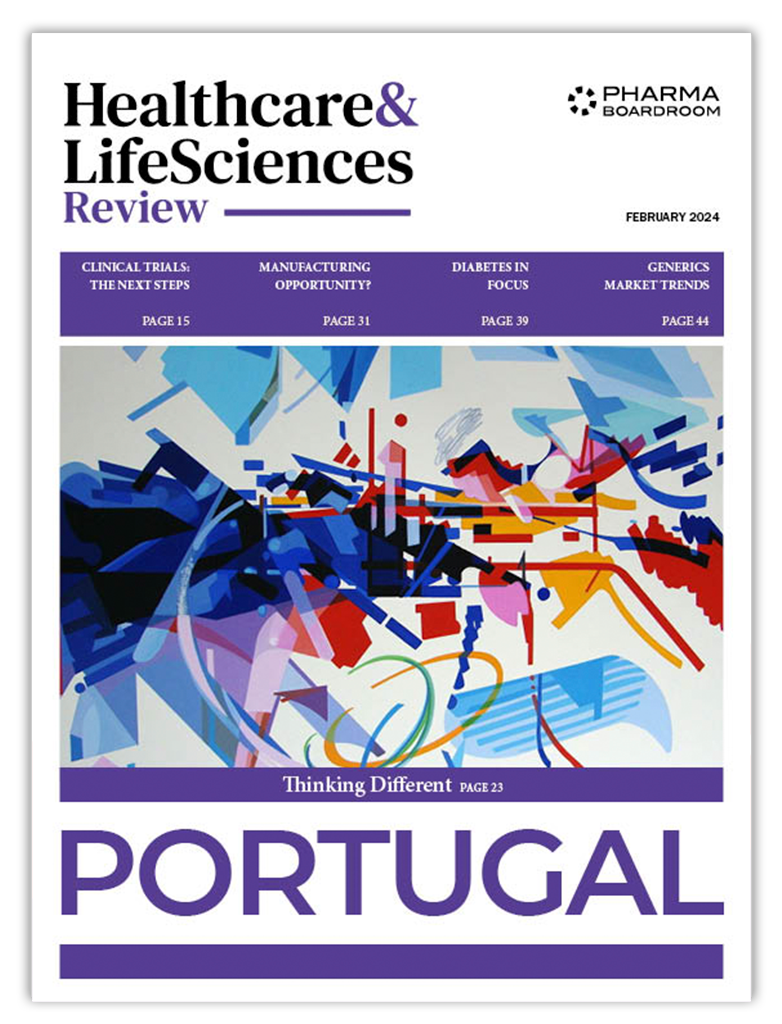Peter Huntley of Medicoindustrien, the industry association for Danish medtech, outlines his vision for the industry, including why a shift to broad, value-based pricing will better establish Denmark as a bastion of high quality and high value impact medical devices.
What is the role and scope of Medicoindustrien within Denmark?
Medicoindustrien is the industry association for companies in Denmark which develop, manufacture, sell or otherwise take an interest in medical devices. We have around 230 member companies and deal with issues ranging from regulation to market access and innovation.
The association is about 25 years old and a few years ago merged to include both producers and the suppliers. Due to the tender-based nature of the medtech industry, price is a key performance indicator for the top players in the market and the focus of many customers.
Medicoindustrien aims to help foster a broader, value-based view of pricing which will establish the Danish healthcare market as a stronghold for high quality and high value impact products.
The definition of value extends to the education of healthcare personnel, the impact of the new device on existing treatments, and the ability to innovate on treatments through the application of the new technology. This total health economics perspective drives Medicoindustrien and is the basis for introducing new technology and new healthcare propositions, saving public healthcare resources, and driving the sourcing of new technologies.
We are also focusing on minimally invasive treatments which minimize patients’ time in hospital. Consequently, it positively contributes to the sustainability of the healthcare budget.
Fortunately, in Denmark, we have councils that promote these ideas of value-based procurement. These councils respectively evaluate new medicines, new medtech, the expansion and evaluation of new innovation, and improvements for selecting value-based solutions to harness the future development of this proactive healthcare treatment.
What are the strengths and areas for improvement in Denmark’s market access landscape for medical devices?
The reality is that limited budgets can have a negative impact on purchases of advanced medical equipment. However, the medtech sector has a very close interrelation with the healthcare sector at large based on trust and confidence. Therefore, in our open dialogue, we are always seeking partnerships and mutually beneficial agreements for expanding patients’ solutions. This is one of the greatest benefits of operating in Denmark.
In addition, we are aiming to expand the access to available healthcare data grow the number of clinical trials in Denmark. This makes the country a promising investment destination for the life science industry. Plans for a permanent extra tax refund for research and development also bolster this status.
Moreover, sustainable solutions are being built into the products and daily operations to proactively reduce the level of carbon dioxide in the atmosphere. The productivity is being measured on both the healthcare performance and the sustainability of the products. This is one aspect of the value-based initiative where Denmark is advancing.
In terms of an area for improvement, complications stem from the divisions and lack of coordination of the healthcare sector between the regions and the municipalities. Therefore, the government plan to reform the healthcare sector to create clusters. The aim is to have 21 clusters surrounding the university hospitals to establish closer interaction between the general practitioners, the regional hospitals and the community policy units.
Do you think the healthcare spending allocated to medtech is sufficient?
I believe the amount of spending could be better allocated based on a more value based public demand being placed on the suppliers in the tenders. If public purchasing of medical devices are only determined by price, cheaper and inferior products would dominate the market and price would drive down the efficiency of the product. Therefore, it is important to determine the key healthcare performance indicators associated with the tenders.
What has been the impact of the COVID-19 pandemic on the Danish medtech industry and how have your members responded to it?
The main result of COVID-19 is that the industry has demonstrated enough efficiency to provide healthcare products as needed throughout the pandemic and has supported the healthcare sector in general. Consequently, the mutual trust between industry and the healthcare sector has grown and has elevated the positive perception of the industry among the Danish population.
What is being done to ensure that Denmark can scale local businesses and compete on the international level?
The main issue is structural. Denmark excels at basic research, collaborative research between industry and universities, developing spinouts from universities, and launching startups. However, the conditions are currently not suitable to scale up these businesses, leading to foreign companies choosing to buy these companies and take them out of the country. Therefore, changes need to take place such as adjusting the tax system, the venture capital system, or introducing more stock possibilities to drive startups to scale up.
How do you ensure that you represent the different interests of such a wide variety and number of members from multinationals to big locals, and startups?
There are rarely discrepancies between the needs of the smaller and larger companies. They desire better regulatory conditions, better clinical trial facilities, and access to healthcare markets. Specific needs, such as tax, may vary between the two. For example, tax extensions for research for the smaller companies and more general tax exemptions and better tax conditions for the larger companies.
Additionally, the growth needs of the medtech and the pharmaceutical industries are similar despite the numerous differences between the two.
Looking to the future, what is your vision for Danish medtech?
The country has a prosperous future ahead if the divided healthcare sector can be unified, better conditions for value-based procurements are established, further financial support for the research-based industry is granted, and the conditions to scale businesses in Denmark are improved. However, both the medtech and pharmaceutical sectors will continue to grow due to the fairly positive business environmental conditions being offered.
Recent analysis has suggested that exports could double under certain framework conditions which are currently being established. Furthermore, the life sciences industry has received the second life sciences strategy from the government two and a half years after the first life sciences strategy. This shows that Denmark supports the healthcare industry and overall growth of the economy.







